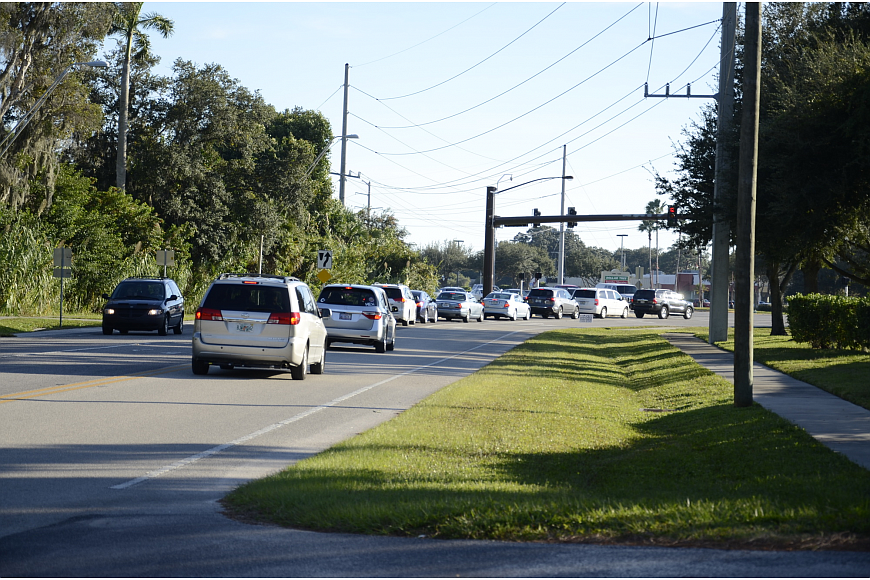- April 19, 2024
-
-
Loading

Loading

Homebuilders and developers in Sarasota County may soon pay more — or less— to offset road costs associated with new construction.
On Tuesday, commissioners will consider advertising public hearings for the new mobility fee, which will replace the traditional road impact fees the county has collected from builders. Both fees are designed to help local governments pay for transportation improvements.
The county’s proposed mobility plan encourages urban and infill construction, which relies existing infrastructure, though tiered expenses based on the type of development.
For example, a builder of multifamily housing in an urban infill area will spend 26% less on road impact fees than under the current adopted rates, while regular multifamily construction will trigger 41% more road impact fee payments. Big box stores will require 13% cheaper fees in urban infill regions, but become 64% more expensive otherwise, according to a staff presentation.
“This is not a reduction to give developers a break,” said the county's special projects planner Jonathon Paul at a meeting earlier this year, adding that mobility fees recognize that certain areas require different transportation needs.
The mobility plan designates unincorporated areas between Siesta Key, Honore Avenue, Clark Road and University Parkway as one urban infill area, and the Englewood Community Redevelopment Area as the other. Municipalities are not currently included
If approved, the new mobility fees will affect permits issued after Jan. 1 of 2016, unless the new rate is lower than the current impact fee level. In that case, the county will charge the developer the future mobility fee.
The State of Florida passed legislation in 2013 that accepted the use of mobility plans and fees as an alternative to impact fees and transportation currency.
Unlike road impact fees, mobility fees can be distributed into multiple different uses related to how residents and visitors travel, such as using the funds to widen or build more sidewalks and bike paths.
“We need not miss the next wave of (development),” said Commissioner Alan Maio during a previous meeting. “The community needs this. Full speed ahead—months, not years.”